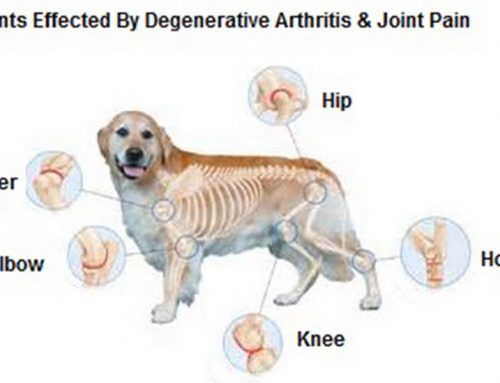Usually delivery of new puppies and kittens is natural and uneventful but being aware of a few things may help.
During delivery (called parturition), the puppies or kittens should present one at a time occasionally interchanged with placentas’. It is important that the bitch (dog) or queen (cat) clean the newborns and begin nursing the first milk called colostrum to pass antibodies to the newborns soon after and if she doesn’t, the owner help out. This help includes clearing mucus from nose and mouth to stimulate the first breath, warm towel rubbing to dry and stimulate them and aiding attachment to the teat. The newborns’ eyes and ears will be closed for the next 10-14 days and will open on their own when it is time.For puppies, some breeds have their dewclaws removed and/or their tails docked (shortened) to conform to breed standards and is done at 2-5 days of age (yes, before their eyes open!). It is less traumatic at this early age and should be arranged with your vet right after parturition.
Each day, the puppies (or kittens) should be weighed with a small scale to ensure they are growing at a consistent pace, but the first day it is common to lose a little weight before regaining it. Keep an eye on the temperature of the bedding box to keep the newborns warm but not overheat them. Typically the temperature should be started at 85 degrees only on one side, so that the puppies or kittens can crawl to or away from the heat source to regulate themselves. The temperature is lowered five degrees every 4-7 days until room temperature is reached at which time they should be developed enough to move around on own.
If there is a very large litter (over 10 puppies) or poor milk production in a very small litter, you may have to supplement the intake with milk replacer via pet nursing bottle: KMR for kittens and Esbilac for puppies are the most common brands that pet stores carry either in canned or powdered versions. Also keep in mind that what goes in needs to come out also. If the mother is not licking the newborns to stimulate stool or urine production, you will need to use a warm-= wet washcloth to gently wipe the genitals and anus to allow elimination.
By 3-4 weeks of age, the new additions will need to start the weaning process so that they are hopefully complete by 6 weeks. The weaning involves mixing warm (not hot) water or milk replacer with the puppy/kitten food initially in a shallow bowl and slowly over time decrease the amount of softening of the food until the transition to dry food is complete.
Courtesy – Dr. Sanjay Jain








Leave A Comment